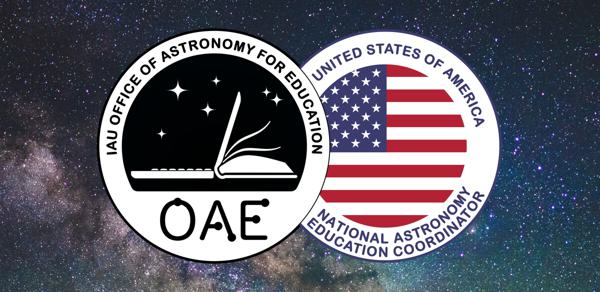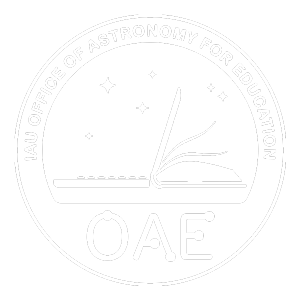Glossary term: 恒星时
Description: 恒星时根据地球相对于夜空中遥远恒星的自转来计算时间。在夜晚,我们可以看到夜空中的恒星围绕着我们旋转。如果我们选择一颗恒星,并记录下它在天空中到达最高位置的时间,那么整整一个恒星日之后,即用我们的时钟测量的 23 小时 56 分 4.1 秒之后,这颗恒星将再次到达最高位置。
这与太阳日有着微妙的区别,太阳日是指连续两天当地正午(太阳到达天空最高点的时间)之间的时间。由于地球还在绕太阳公转,对于地球上的观测者来说,一年中太阳在天空中的位置会发生额外的变化。在地球相对于遥远恒星自转一圈的时间里,太阳已经移动了,地球需要再自转一圈才能赶上。这就是太阳日比恒星日长一点的原因。
恒星日对天文学家来说很重要,因为它告诉他们在白天或夜晚的某个时刻,天空的哪些部分在头顶上,从而可以观测到哪些天体。在标准天文坐标系--赤道坐标系中,地球上任何地方(不包括两极)的恒星时都是同一个角度,即天空正上方一点的赤经(该坐标系中用于指定天空中位置的坐标之一)。实际上,当今的天文学家在观测时使用的是高度精确的原子钟测量的时间,然后使用计算机计算哪个时钟时间对应哪个恒星时。
Related Terms:
See this term in other languages
Term and definition status: The original definition of this term in English have been approved by a research astronomer and a teacher The translation of this term and its definition is still awaiting approval
The OAE Multilingual Glossary is a project of the IAU Office of Astronomy for Education (OAE) in collaboration with the IAU Office of Astronomy Outreach (OAO). The terms and definitions were chosen, written and reviewed by a collective effort from the OAE, the OAE Centers and Nodes, the OAE National Astronomy Education Coordinators (NAECs) and other volunteers. You can find a full list of credits here. All glossary terms and their definitions are released under a Creative Commons CC BY-4.0 license and should be credited to "IAU OAE".
If you notice a factual or translation error in this glossary term or definition then please get in touch.








